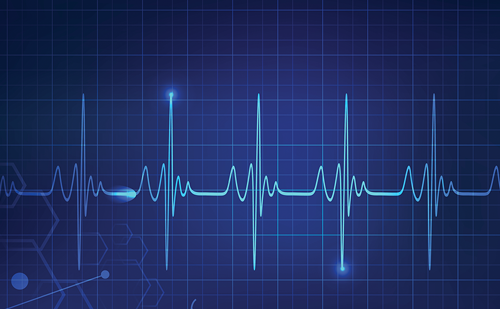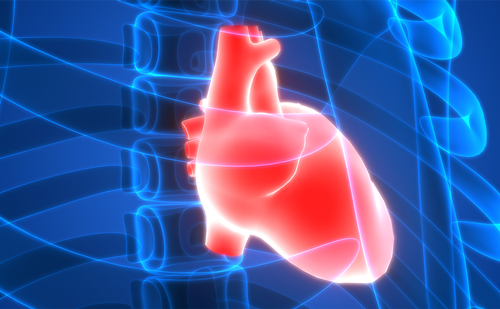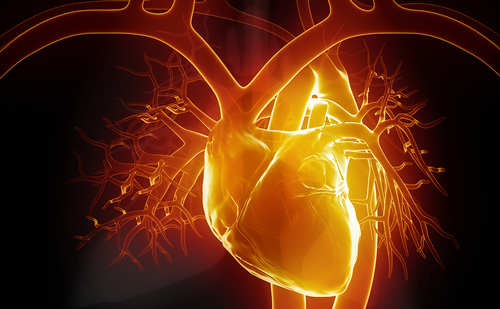Detection of severe left anterior descending coronary artery stenosis by transthoracic evaluation of resting coronary flow velocity dynamics
Abstract:
Overview
In the presence of severe stenosis, coronary artery flow may be reduced at rest. Recent advances in echocardiography have made noninvasive sampling of velocities in the left an - terior descending coronary artery (LAD) possible. The aim of our study was to evaluate feasi - bility and capability of transthoracic Doppler to detect severe stenosis of the LAD. The study population consisted of 42 subjects with suspected coronary artery disease scheduled for coronary angiography. All had complete transthoracic echocardiography and Doppler sampling of LAD velocities. Quantitative cor - onary angiography was performed within 24 hours of the echocardiogram. Correlations between LAD velocity profile, measurements and calculations, and the angiographic results were performed. Six subjects had LAD occlusion, 10 had severe (>80% diameter) LAD stenosis, and 26 had normal or non-occlusive LAD disease. In all six subjects with LAD occlusion, distal LAD velocities were not detectable, while in the other 36 subjects, LAD velocities were recorded indicating the vessels were patent. In the 10 subjects with severe LAD stenosis, the diastolic/systolic velocity ratio was <1.5, while in those with nonsignifi cant LAD disease, the diastolic/systolic velocity ratio was >1.5 (P<0.005). Diastolic LAD flow was 21.8±13 mL/min in the presence of severe stenosis as compared to 48.5±20 mL/min in subjects without severe stenosis (P<0.0013). LAD velocities had high sensitiv - ity and specificity for the prediction of severe angiographic stenosis. Thus transthoracic Doppler measurement of LAD velocities is feas ible and can predict the presence of severe LAD stenosis or occlusion.
Keywords
Angiography, coronary artery disease, coronary artery stenosis, transthoracic echocardiography.
Article:
Article Information:
Correspondence
Dawod Sharif, Department of Cardiology, Bnai Zion Medical Center, 47 Golomb St, Haifa, Israel. E-mail: dawod.sharif@b-zion.org.il
Acknowledgements
We acknowledge Professor
Majed Odeh (Head of Department of Internal
Medicine A, Bnai Zion Medical Center, Haifa,
Israel) for his help and advice.
Received
2009-10-12T00:00:00







